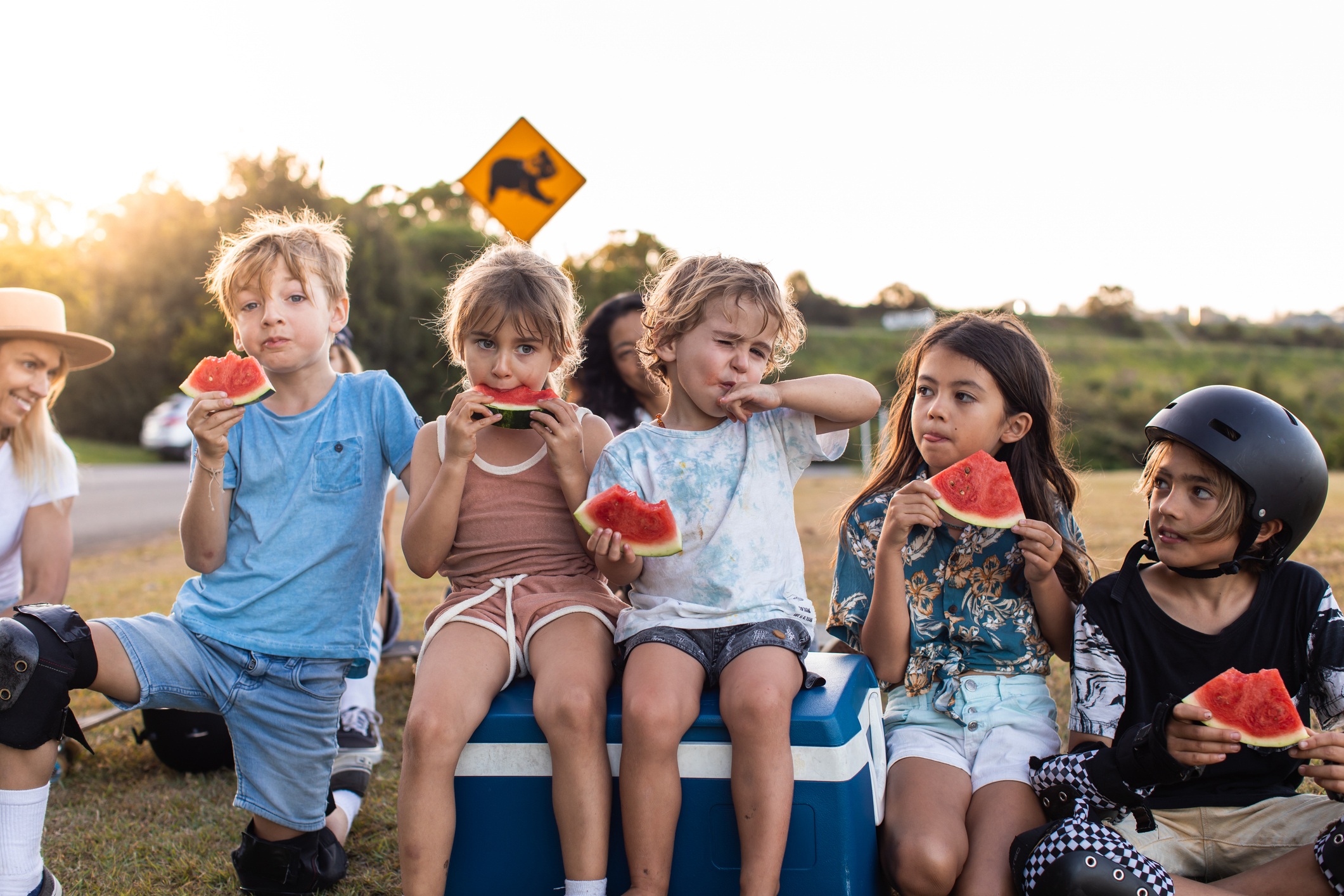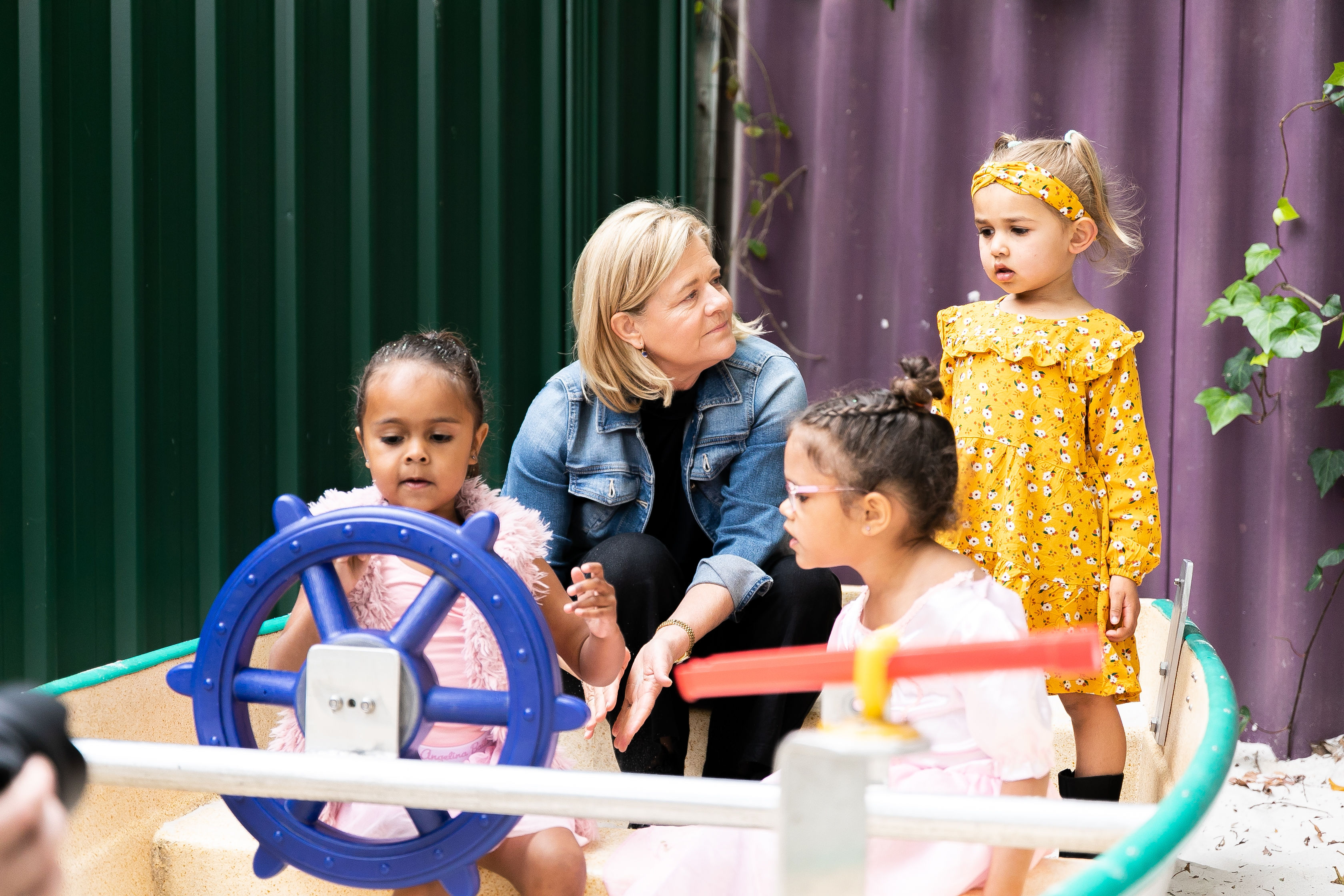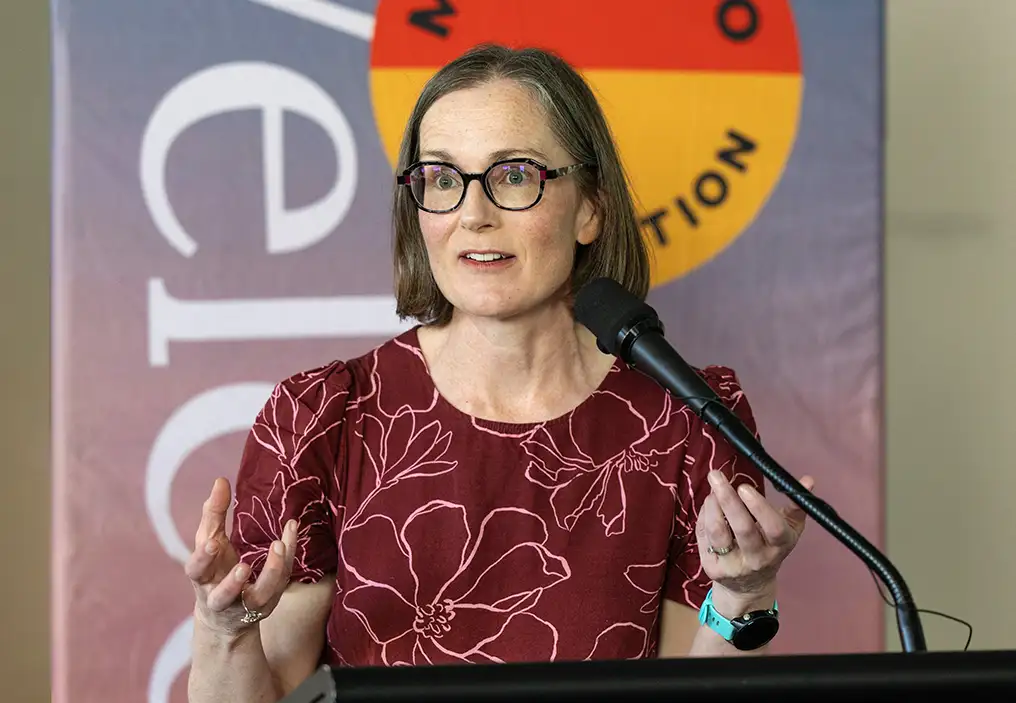Every child in Australia deserves the opportunity to thrive. It’s a simple idea grounded in fairness, shared prosperity and hope. Yet today, too many children are growing up without the support they need to reach their full potential – and the consequences ripple far beyond the individual.
by Nicola Forrest AO
The newly released report, The State of Australia’s Children, offers a confronting insight into the realities facing young Australians. The wellbeing of our children is at a critical tipping point, but the story starts long before adolescence.
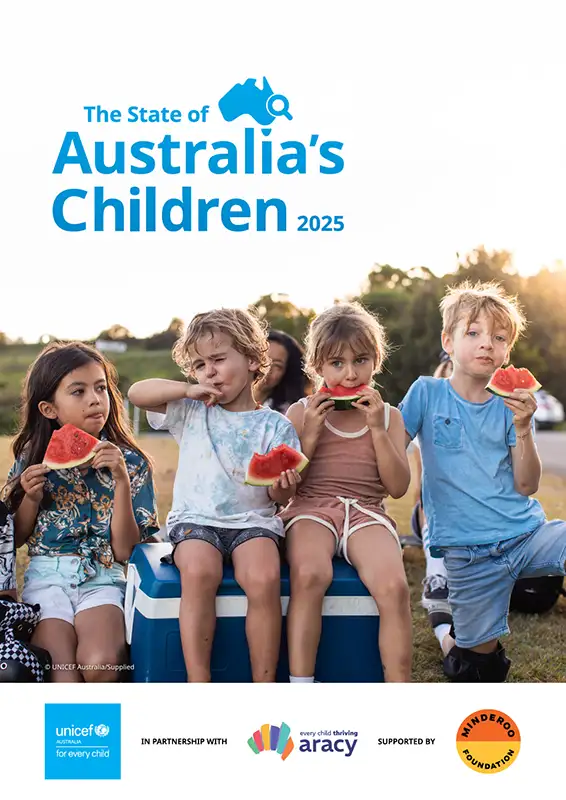
The State of Australia’s Children
Developed by UNICEF Australia in partnership with Australian Research Alliance for Children and Youth (ARACY) and supported by Minderoo Foundation, the report takes a comprehensive look at the wellbeing of children and youth across the nation.
Enriching the latest publicly available data with the perspectives of Australia's children and young people, The State of Australia’s Children report is a holistic view of how the country’s youth are faring.
The State of Australia’s Children report offers a clear picture of what’s happening. It draws on data across childhood and adolescence, and – most importantly – on the voices of children themselves. What it shows is that wellbeing declines as children grow older, and distress increases. These outcomes don’t appear out of nowhere. They are the result of missed opportunities in the early years – that moment in time that science tells us are foundational to lifelong development.
We know that the first five years of life are critical. They shape a child’s emotional, cognitive and social development.
Yet almost half of Australian children are arriving at school not ready to learn. For First Nations children, two in three kids (66 per cent) are developmentally vulnerable when they start school. These are not just statistics: they are warning signs. These numbers reflect growing inequities and a system that is not working as it should.
Children are our future. They carry within them the promise of a stronger, fairer, and more resilient Australia. Children grow within the environments that surround them: families, communities, schools and support systems. When these environments are under pressure, a child’s wellbeing suffers.
The State of Australia’s Children report makes it clear that too many families are struggling to access the support they need to raise healthy and thriving children.
Housing stress, cost-of-living pressures, and lack of access to affordable early learning or parenting support are undermining the foundations of healthy development.
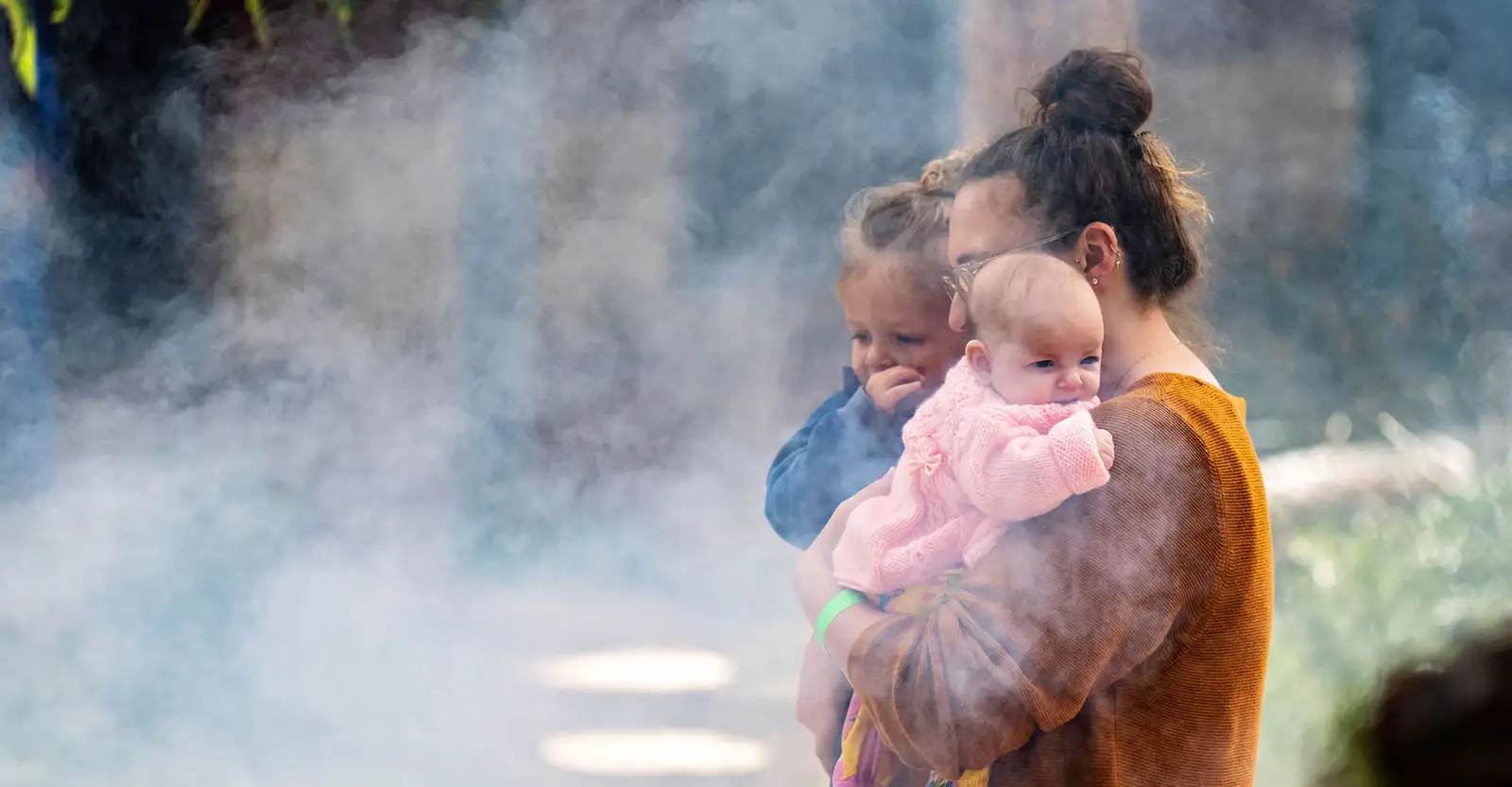
We are failing children not because we don’t care, but because our efforts are not coordinated. The Cost of Late Intervention report, commissioned by Minderoo Foundation earlier this year, shows that waiting to act costs Australia at least $22.3 billion per annum. That’s money spent on avoidable crisis responses when we could be investing in prevention, in connection, and in the environments that help children thrive.
To compile The State of Australia’s Children report, children as young as three were invited to share how they feel about their wellbeing.
Their responses were gathered not through surveys or interviews, but through playful, age-appropriate workshops which involved drawing, storytelling, and building models.
They told us what they need to feel happy and have a sense of wellbeing: a healthy planet, safe homes, support for children, and peace. Throughout the report, their voices shine through in direct quotes – reminders that our youngest citizens have vital perspectives on what it means to live well.
We must listen to these young voices.
We must also evolve the network of people and organisations that offer services and supports for children and families. That means moving away from siloed, reactive services toward integrated, team-based models embedded in everyday environments. Funding must support collaboration, so families only need to tell their story once.
This is not just about individual wellbeing. It’s about community strength and national resilience. By investing early in the conditions that help children thrive, we lay the foundations for a more equitable, connected and productive society.
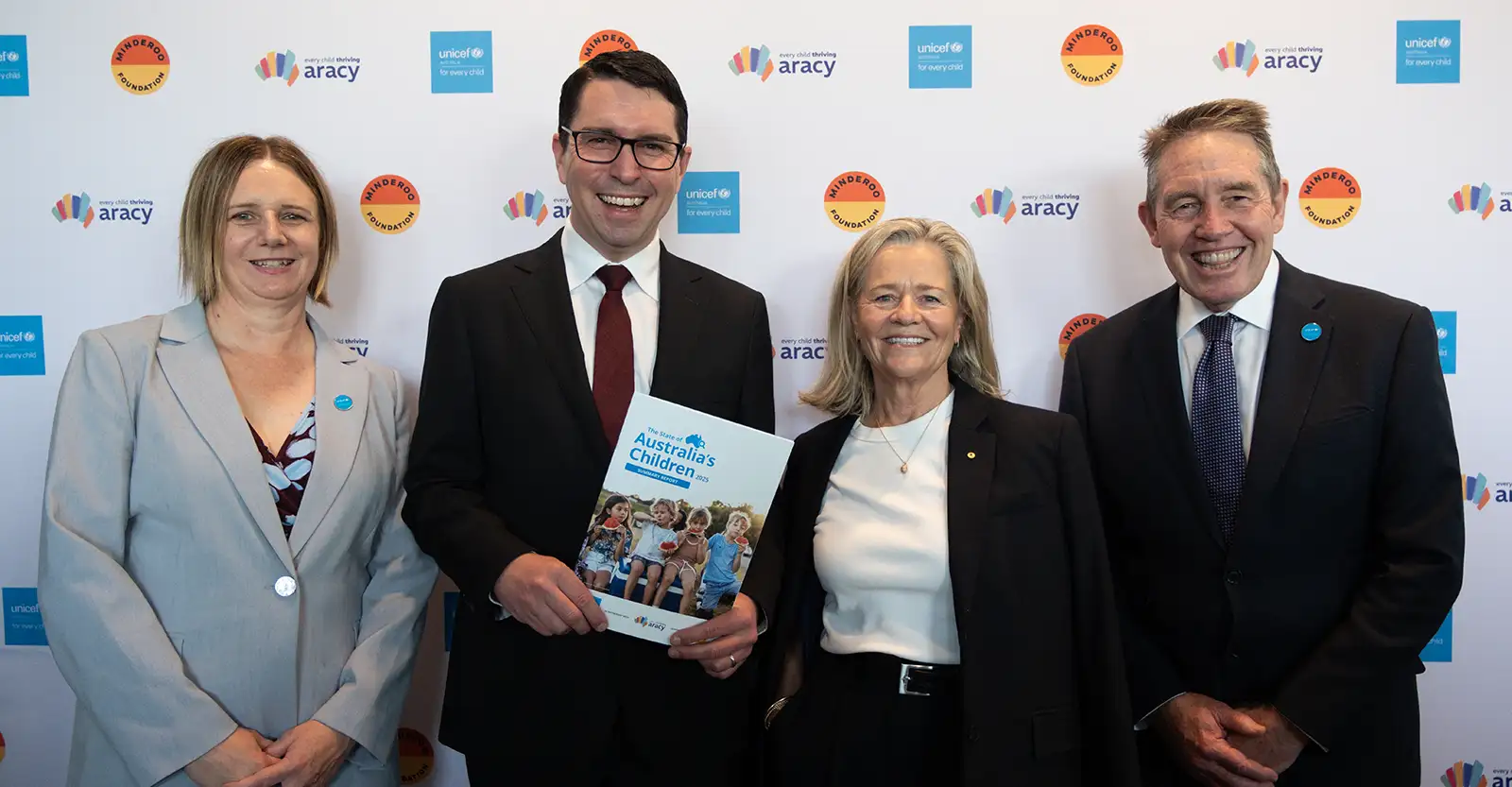
At Minderoo Foundation, we are driven by a vision of a nation in which every child can reach their full potential. We believe that investing in children is the smartest nation-building strategy we have. It’s how we ensure that every child – regardless of background – has the chance to grow, learn and contribute. It’s how we create hope for a fair future.
It’s time to turn good intentions into lasting change. Let’s establish a National Early Years Commission, build smarter budgets that prioritise early intervention, and launch a Children’s Data Framework that holds every level of government accountable.
Our kids can’t wait – and neither should we. Let’s stop asking what it will cost to act and start asking what it will cost if we don’t.
There is no more worthwhile goal – or richer national reward – than the wellbeing of our children and families.
